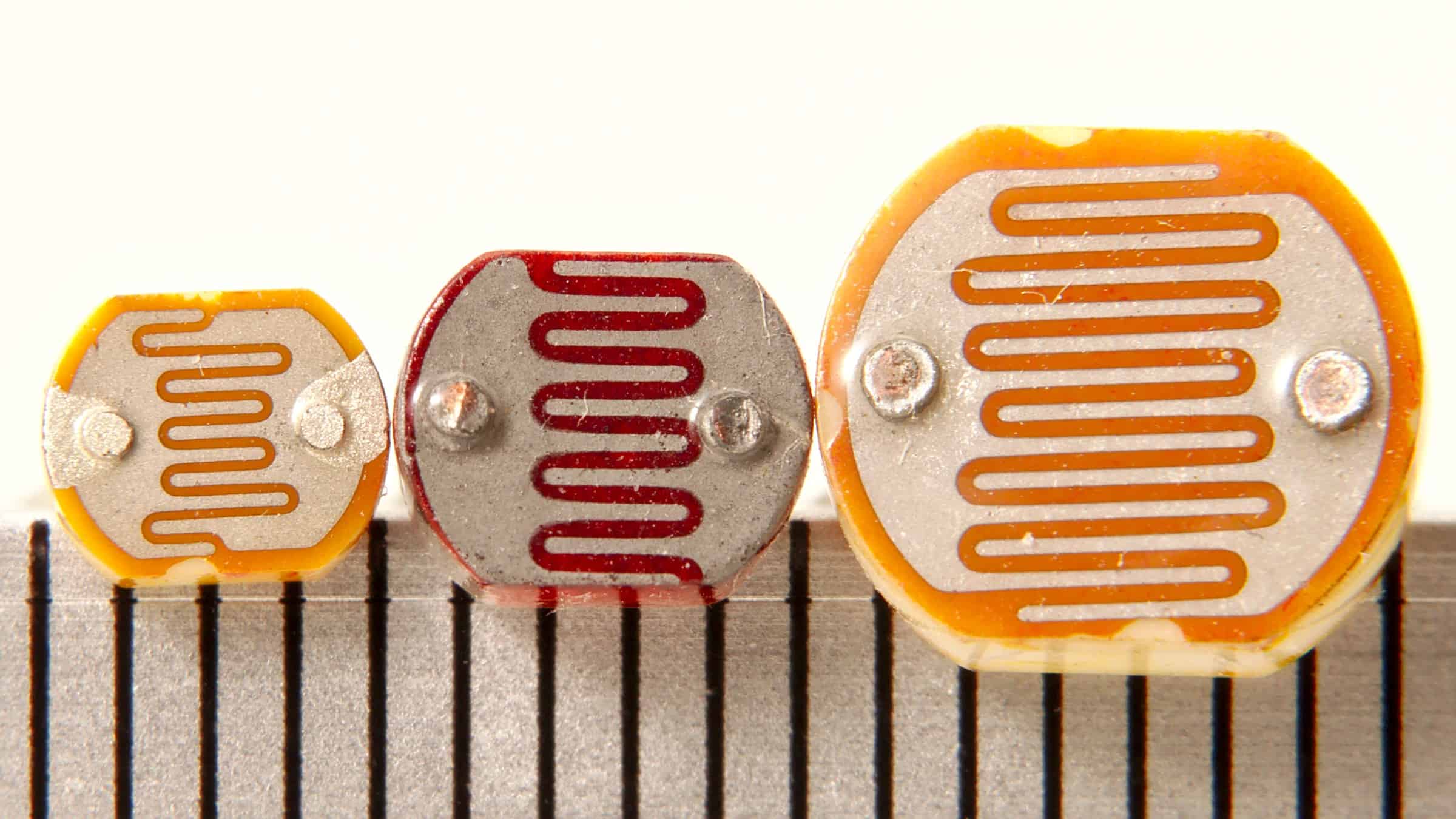As companies look for more ways to cut down on costs, and lower their energy use, they’ve turned to a variety of technical tools and innovations to help. One such tool that’s increasingly integral to the sign industry is the use of photocells (also known as photovoltaic cells) in lit signs: neon, LED, or fluorescent. In this blog, we’ll discuss what a photocell is, its application in signs, and its pros and cons for clients.
What is a Photocell?

According to the Department of Energy, a photovoltaic (PV) cell, also known as a photocell or solar cell, “absorbs the light’s energy and transfers it to negatively charged particles in the material called electrons. This extra energy allows the electrons to flow through the material as an electrical current. This current is extracted through conductive metal contacts – the grid-like lines on a solar cells – and can then be used to power your home and the rest of the electric grid.”
How are Photocells used in Signage?
Photocells are used to power a sign so that it’s only lit when it’s dark outside. In the daytime, lit signs do not stand out to a significant degree on a sunny day and thus waste energy. Photocells also may turn the sign on during extreme cloud cover, or storms, which allows for signs to still shine in those times as well.
What kind of signs can use Photocells?
Photocells can be used on a variety of lit signs, including neon signs, channel letters, lit pan faced signs, and lit wall mounted signs.

Pros and Cons of Photocells in Signage
What are the Pros of using Photocells in my signs?
As we alluded to earlier, photocells can help save business owners money on their energy costs by running a sign’s lights only when it’s dark outside. Especially in the summer months this can be a real boon to business owners as long summer days would ordinarily cost business owners to light their sign unnecessarily.
What are the Cons of using Photocells in my Signs?
Photo cells may not be right for every business owner or every sign. Some business owners want more control over the timing of their signs. Photo cells are at the whim of the sun and the elements, so this means signs or other nearby lights with photocells may come on at different times.
Additionally some signs may be too close to an exterior ambient light source, or even another lit sign, which would affect the ability of the photocell to draw in light and to recognize when its dark outside vs when it’s bright and sunny.
Photo cells are often put on top of the sign itself, and while this is to get the most light from the sun it can also stand out. Some business owners prefer not to have a photocell box on their sign that they may deem unsightly.
What are the costs of Photocells?
Though photo cells do require an initial investment upfront, the costs are not often prohibitive, and the savings pay for themselves in time.
Are there any alternatives to Photocells?
Yes, in lieu of photocells business owners can also hire an electrician to implement timers into their signs. This is a popular choice for businesses that also have adjacent parking lot lights, as electricians can add timers to the signs and the lights to have them all light up simultaneously.
Another option is to use both photocells AND timers together. This can save energy and allow the business owner to keep a more set schedule while conserving energy. This is especially a benefit as timers can help as the amount of daylight changes throughout the year.
Who installs my Photocell(s)?
If your sign wasn’t initially installed with a photocell, you can call us at Ortwein Sign to see if a photocell might be a good fit for your sign.

